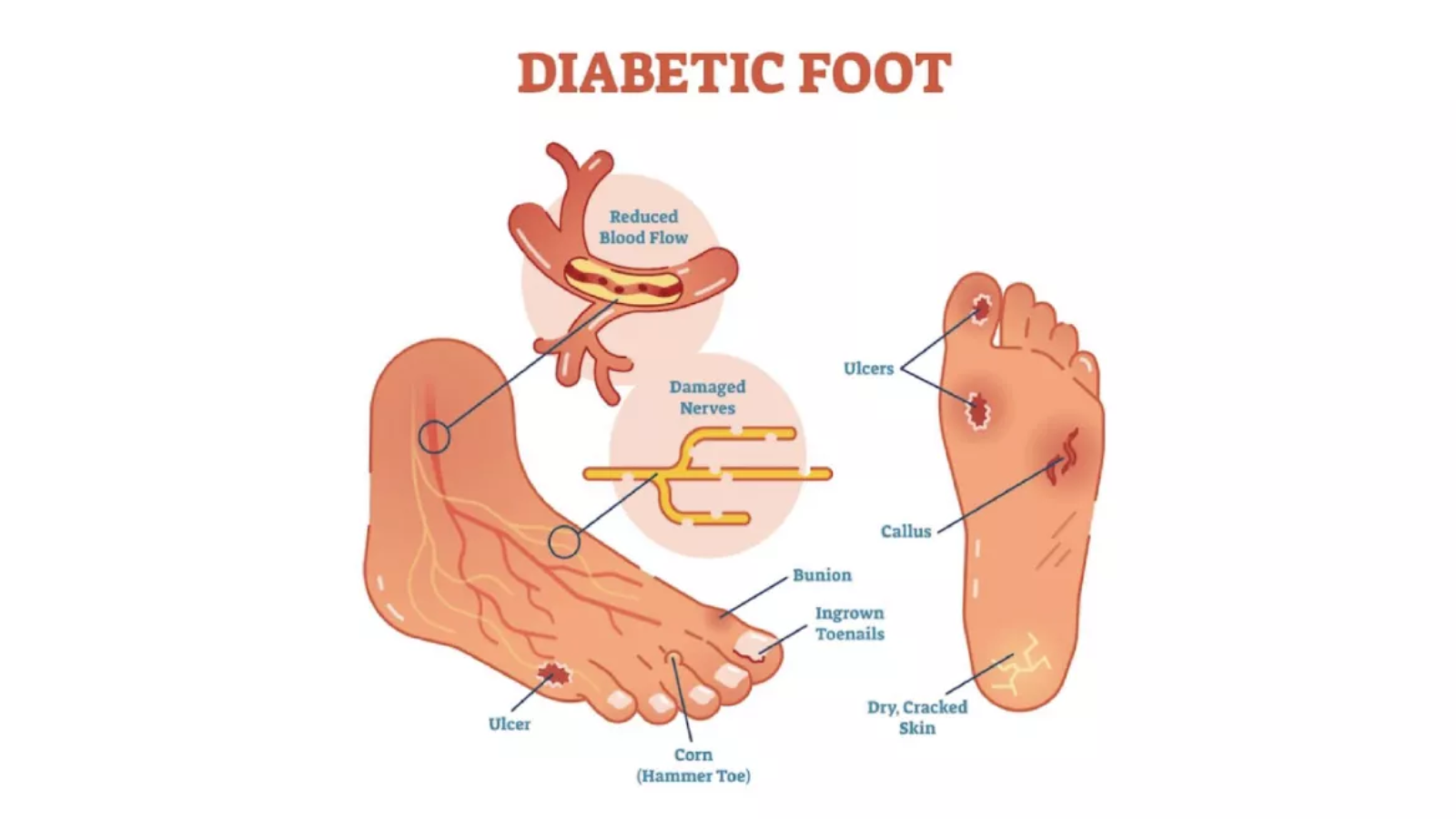Diabetic foot is a serious complication of diabetes that requires specialized care to prevent complications and improve patient outcomes.
Understanding Diabetic Foot
Diabetic foot is a term used to describe a range of foot problems that occur as a result of diabetes-related complications, such as neuropathy (nerve damage), poor circulation, and impaired wound healing. Common manifestations of diabetic foot include ulcers, infections, gangrene, and charcot foot deformity.
The Role of Plastic Surgeons
Plastic surgeons, like Dr. Sushrut Tated, are integral members of the multidisciplinary team involved in the care of diabetic foot patients. Their expertise in wound management, tissue reconstruction, and microsurgery makes them qualified to address the complex challenges associated with diabetic foot complications.
Treatment Approaches
Wound Debridement
One of the primary interventions in diabetic foot care is wound debridement, which involves removing dead or infected tissue to promote healing and prevent the spread of infection. Plastic surgeons employ various techniques, including sharp debridement, enzymatic debridement, and surgical excision, to effectively cleanse and prepare the wound bed for healing.
One of the primary interventions in diabetic foot care is wound debridement, which involves removing dead or infected tissue to promote healing and prevent the spread of infection. Plastic surgeons employ various techniques, including sharp debridement, enzymatic debridement, and surgical excision, to effectively cleanse and prepare the wound bed for healing.
Tissue Reconstruction
In cases where diabetic foot ulcers fail to heal with conservative measures, plastic surgeons may perform tissue reconstruction procedures to repair the damaged skin and soft tissues. Techniques such as skin grafting, flap reconstruction, and tissue expansion may be utilized to cover the wound and restore its integrity.
Limb Salvage Surgery
For diabetic foot patients at risk of limb loss due to severe infection or ischemia (poor blood flow), plastic surgeons play a pivotal role in performing limb salvage surgery.
This may involve procedures such as vascular bypass, endovascular intervention, or amputation revision to restore blood flow and preserve functional limb integrity.
Rehabilitation and Follow-Up
Following surgical intervention, diabetic foot patients require comprehensive rehabilitation and long-term follow-up care to optimize outcomes and prevent recurrence. This may include wound care management, offloading techniques, diabetic foot education, and lifestyle modifications to control blood sugar levels and promote overall health.
In conclusion, diabetic foot is a serious complication of diabetes that requires specialized care and a multidisciplinary approach for effective management. Plastic surgeons, such as Dr. Sushrut Tated, play a critical role in the treatment of diabetic foot complications, offering expertise in wound management, tissue reconstruction, and limb salvage surgery.
By working collaboratively with other healthcare professionals, plastic surgeons can help diabetic foot patients achieve improved outcomes and quality of life.
For more info visit at: https://www.youtube.com/watch?v=NNc-8k9ATQo
Get In Touch : Dr. Sushrut Tated
Visit Us : Sayar Clinic, Ayodhya Complex, Infront of Canara bank, Bibwewadi, Pune, Maharashtra 411037
Mail Us : [email protected]
Contact Us: +91 9890434447

